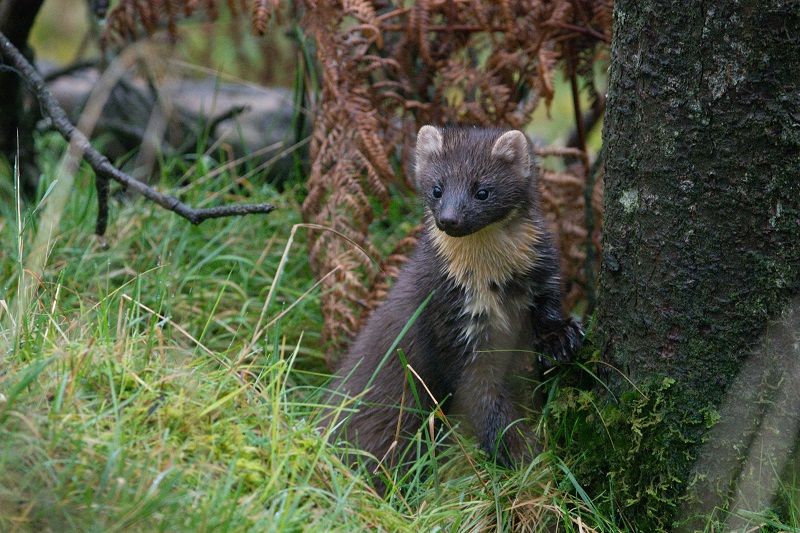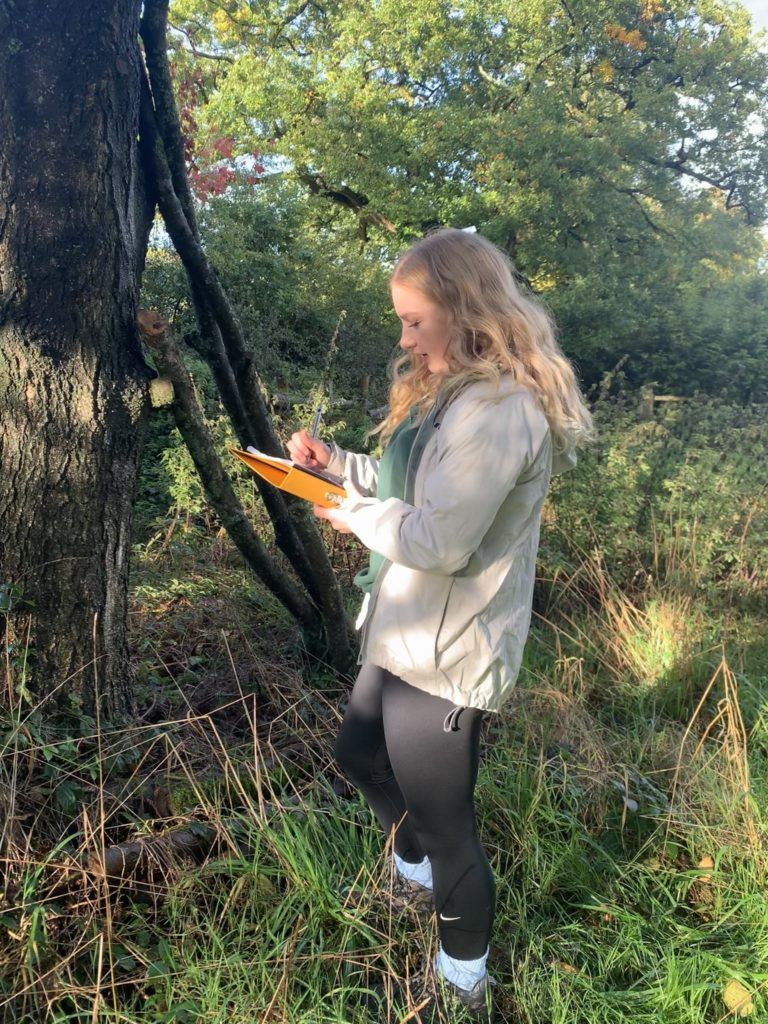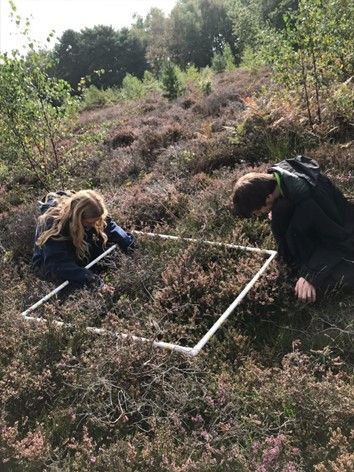Mapping good habitat to improve the success of pine marten reintroductions

For the past six months, our intern Ella Lewis and her supervisor Lawrence Ball, from Kent Wildlife Trust, have been working on a species distribution model to help assess whether habitat in southeast England is suitable for pine martens. This modelling is crucial to help the team decide if a reintroduction is feasible and also if there’s enough suitable forest habitat for pine martens to feed and breed successfully and move safely across the landscape. Ella, who’s working in partnership with Wildwood and Sussex Wildlife Trust as part of the Southeast Pine Marten Restoration Project, describes her study and its findings in more detail.
How will my modelling work help identify the best release locations for pine martens?
Our species distribution model helped us create a habitat suitability map which tells us how good the landscape is for pine martens. It identified woodlands in parts of the High Weald and Kent Downs as moderately to highly suitable for the species, whereas large parts of the southeast – often large expanses of urban areas and farmland – were flagged as unsuitable, due to decades of habitat loss and fragmentation.
I entered lots of data into the model to make its predictions as accurate as possible. The environmental factors that most strongly affected whether an area would be suitable for pine martens were temperature, elevation, rainfall and forest density. We also analysed exactly how these factors influence the suitability of an area. For example, our analysis revealed that pine martens prefer lower elevations, typically up to 1000m above sea level, and higher levels of rainfall.
Next, we’ll use our results and other data to create a model looking at connectivity across the landscape. It’s important we identify routes that’ll help pine martens move safely across the landscape – features such as woodlands, hedgerows and shrubby areas. These safe routes will be crucial for the animals to find food, mates, escape from predators and establish new territories. This model will also highlight barriers such as roads and highly urban areas.
We’re also carrying out a large-scale social survey across the High Weald. Understanding and listening to people’s views, ideas, and experiences is key to ensuring the project’s success. Coexistence between people and wildlife can be positive if we take account of people’s opinions and concerns from the outset.


How will pine martens be better off in England now I’ve completed my project?
Once our social and ecological feasibility assessments are complete, we’ll know if it’s possible to reintroduce pine martens to southeast England. And we’ll choose release sites using well-informed decision processes. We’ll also start developing a landscape scale habitat restoration plan, identifying key priority areas for woodland management and connectivity, ensuring pine martens are able to disperse across the landscape.
What skills have I learned that will make me a better conservationist?
Wildlife conservation was once solely field based. But things have changed and the skills I’ve developed – in ecological modelling and spatial analysis, using coding software – are just as critical to ensure the success of projects today. I’ve acquired a diverse set of skills in statistical analysis, coding, report writing, troubleshooting and giving presentations. Collaborating with experts in ecological modelling and species reintroductions has given me valuable insights too. I’ve come to understand the importance of knowledge exchange and adaptability.
How can my methods be used to help other species?
Now the model’s been constructed and fine-tuned, it can be replicated for other species. The environmental factors we used for pine martens can also be put into other models to predict whether landscapes can support healthy populations of other animals. These variables cover Europe, and include factors such as land use type, forest density, tree species composition, and proximity to roads, among others. By using the same methods, we can predict the most suitable areas for species here in the UK, based on where they’re found in Europe, such as red squirrels, Eurasian lynx, fen orchids, and natterjack toads.
What have I learned working with the Kent Wildlife Trust team and how has their support helped me develop?
I’ve gained so many vital skills in conservation science over the past six months. I’ve also been offered a full-time role as Data and Modelling Officer at Kent Wildlife Trust, where I’ll be working on the next stages of the ecological feasibility assessment – a great achievement. Working with colleagues has given me with a unique opportunity to learn from their experiences, skills, and perspectives to enrich my own professional development. This opportunity has supported my personal growth and also cultivated a keen interest in rewilding and wilding. I’m excited to continue my journey, making meaningful contributions to wildlife conservation.
This project is only possible thanks to our generous donors. Can you help by donating today?
Header image Josh Twining
